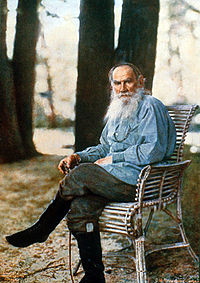
Figure 1 – Color composite of Alim Khan, the emir of Bukhara, 1911 taken by Prokudin-Gorsky. The individual images taken through red, green, and blue filters are shown in the side triad. This example is unretouched, from the wikicommons, and in the public domain.
Yesterday we discussed the role played by James Clerk Maxwell in the invention of additive three color photography. The first example produced by Thomas Sutton in 1861 of a tartan ribbon left much to be desired and, in a sense, left tangibility to the imagination. As mentioned, this work lay largely dormant for three decades. It was resurrected and taken to wonderful and beautiful heights by the Russian photographer Sergey Mikhaylovich Prokudin-Gorsky (1863-1944).

Figure 2 – Count Leon Tolstoy, 1908,three color image by Prokudin-Gorsky from Wikimedia andin the public domain.
From 1909-1915 Produkudin-Gorsky set out, as photographer to the Tsar, to document the Russian Empire through photography, using the three color method. This work has been brought back to life through digital scanning of the 1,902 original colr images by the Library of Congress. As exemplified by Figure 1, which shows the Emir of Bukhara, Alim Khan these images are simply stunning. The side panel illustrates the three color positives taken with red, blur, and green filters and then reconstructed by additive projection to create the composite color image. Note again how the three color planes can be distibnguished at the borders.
Figure 1 is a simple addition of the color planes. The Library of Congress contracted with digital imaging specialist, Blaise Agüera y Arcas, to scan and digitally render these images. It is truly worth some time to explore the website at the Library of Congress dedicated to exhibiting these images – or should I say e-exhibiting?
The most famous of Produkin-Gorsky’s work today is his portrait of Count Lev NikolayevichTolstoy (1828-1910) taken in 1908. While producing actual color photographic prints at the time was challenging, Produdin-Gorsky’s studio did use photomechanical – photoengravature methods to reproduce his color images. Most famous of these was this image of Tolstoy issued both as post cards and prints.
